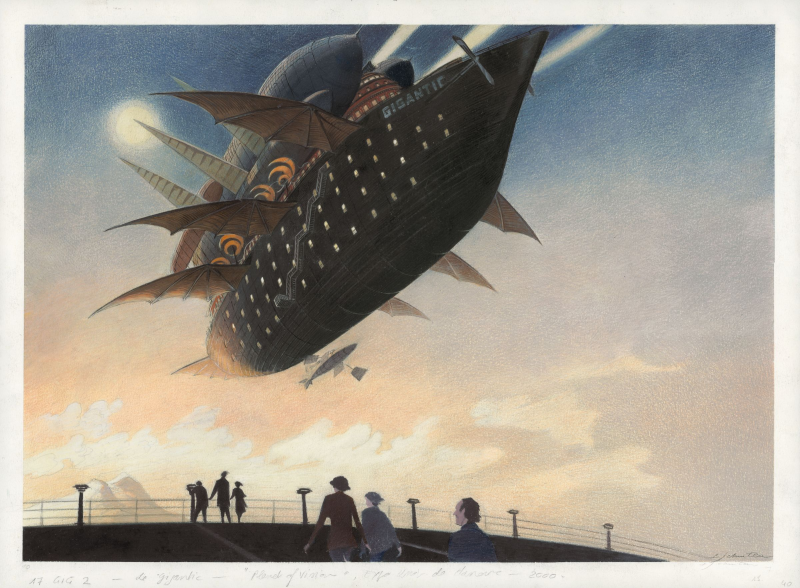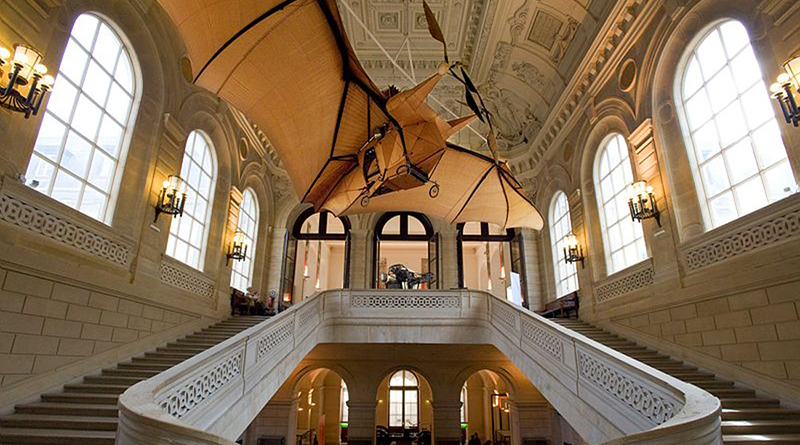Visiting the past of the future
First off, here’s how Peter Thiel explains the concept of future:
What makes the future distinctive and important isn’t that it hasn’t happened yet, but rather that it will be a time when the world looks different from today. In this sense, if nothing about our society changes for the next 100 years, then the future is over 100 years away. If things change radically in the next decade, then the future is nearly at hand.
Humans don’t decide what to build by making choices from some cosmic catalog of options given in advance; instead, by creating new technologies, we rewrite the plan of the world.
If we extend this idea to the past, then old technology (different from today’s technology) measures the distance to the human past, and, more specifically, to past human rewritings of the plan of the world (non-human or post-human game-changers could still fit into originally human branches of technological development).
The fundamental reason behind technological museums is not to store knowledge per se. If it were just about storage, museum designers would handle the matter quite differently.
The reason technological museums exist is to help build great technological narratives. That is the fundamental human need they satisfy. It’s not just about utilitarian knowledge; it’s also about aesthetics, rationalized fantasies where the scientific spirit achieves designs conceived by our aesthetic faculties.
At Presans, we have two quick solutions when we need to visit the past of the future

Some preliminary observations:
- Umberto Eco decided to feature this museum in his novel Foucault’s Pendulum. So it really seems this is what happens when you build a Technology Museum: you get a good story (perhaps it’s not that simple, let’s see what happens in the next episode…).
- There is a definite steampunk connection via comic artist François Schuiten who seems to be involved in all kinds of projects related to the museum, not least the design of the homonymous metro station.
- The museum is part of a French network of Technology Museums.
- The Museum is actively thinking about the question of its own purpose in the world.
Solution number two: We call one of our Presans Fellows. Empirical data proves conclusively that nothing beats this approach when it comes to good stories about technology and innovation.
Our Fellows are awesome and we want to get the word out. If you’re an industrial game-changer, you need them (who doesn’t need a smart sparring partner?).
Case in point: Jacques Schmitt’s classic history of windsurfing, easily the most EPIC article of all time on this blog.
This fine demonstration of Fellow power is currently only available in French. Give this article 100 organic retweets adding ‘#PresansFellowPowerSaysHi @ArtsetMetiers’ and we’ll get this outstanding piece translated by all means necessary.
Next: we take our pro-tech-museum attitude to Germany.
NEED A QUICK ANSWER TO YOUR TECHNOLOGICAL QUESTION ?
The Conciergerie platform sets up your call appointment with a Presans-vetted international expert within few days



